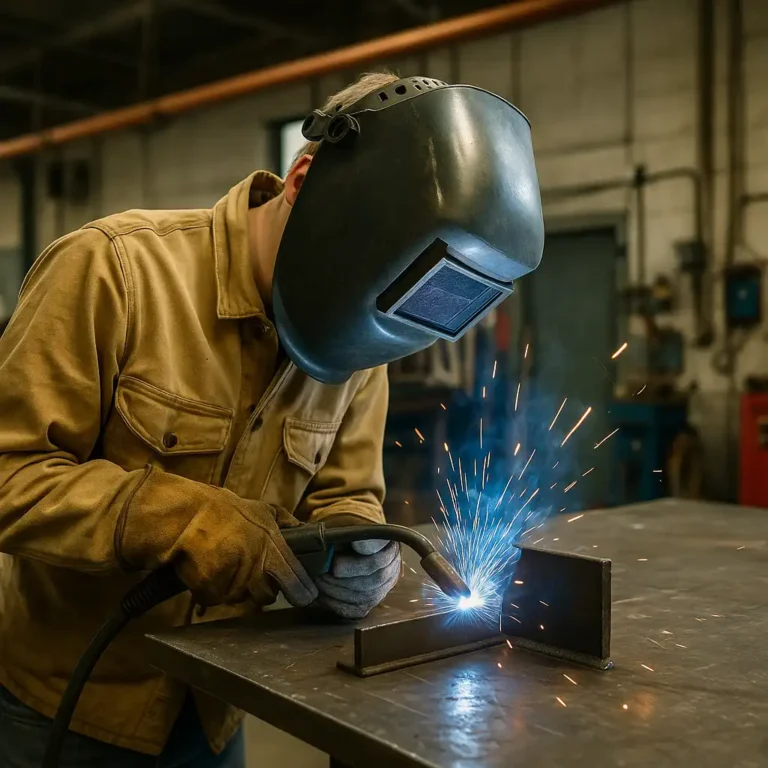Projects, Things to Weld and Sell: Creative Ideas to Boost Your Income

Disclosure: This post contains affiliate links. As an Amazon Associate, I earn from qualifying purchases—at no extra cost to you.
Turning welding skills into extra income has never been more accessible. Whether you’re a weekend welder or a full-time fabricator, countless small projects can be created and sold locally or online. From functional items to decorative pieces, welding offers a rewarding path to creative entrepreneurship.
Why Welding Projects Are a Great Business Idea
Welded items are in high demand due to their durability and custom appeal. Small businesses, homeowners, and even interior designers often look for one-of-a-kind metal pieces. Unlike mass-produced items, handmade welded products can be personalized and carry a premium price tag. Best of all, most profitable welding projects require only basic tools and materials.
Profitable Welding Project Ideas
Fire Pits and Outdoor Grills

These are some of the hottest sellers in the handmade market. Simple steel drum fire pits or stylish outdoor grills made from sheet metal and angle iron are ideal weekend projects. Add custom cuts or initials for a personal touch.
Metal Art and Wall Decor

Welding isn’t just functional—it’s artistic. Use scrap metal to create animals, geometric shapes, or signage. Plasma cutting adds extra design detail, and rusted patinas can give each piece a rustic flair.
Plant Stands and Garden Trellises

With a rise in home gardening and decor, welded plant stands and trellises are quick to make and easy to sell. They appeal to both indoor and outdoor buyers and can be customized in various sizes and finishes.
Furniture and Industrial Pieces

Small welding shops can produce stools, side tables, or shelving units with a rugged industrial style. Combining wood and metal components often increases the product’s appeal.
Wine Racks and Bottle Holders

Compact and popular, these are great beginner welding projects that sell well at craft fairs and online platforms like Etsy. Use square tubing or round bar to make stylish and space-saving designs.
Hooks, Racks, and Storage Solutions

Garage organizers, coat racks, or kitchen utensil holders are always in demand. These functional items require minimal material and welding time but can be sold at a strong markup.
Where to Sell Your Welded Projects
Marketplaces like Etsy, eBay, and Facebook Marketplace are good starting points. Craft shows, farmers markets, or local hardware stores may also accept consignment pieces. Don’t underestimate word-of-mouth—many welders start by selling to friends and neighbors.
Tips for Success
- Start with a few designs and test which ones sell best
- Keep pricing fair but account for your time and materials
- Invest in quality presentation and photos if selling online
- Be open to custom orders—they often pay more
Conclusion
Welding is not only a valuable trade skill but also a creative gateway to side income or even a full-time business. With the right approach, your passion for welding can turn into a profitable endeavor. Start small, refine your techniques, and watch your shop grow into a thriving venture.






